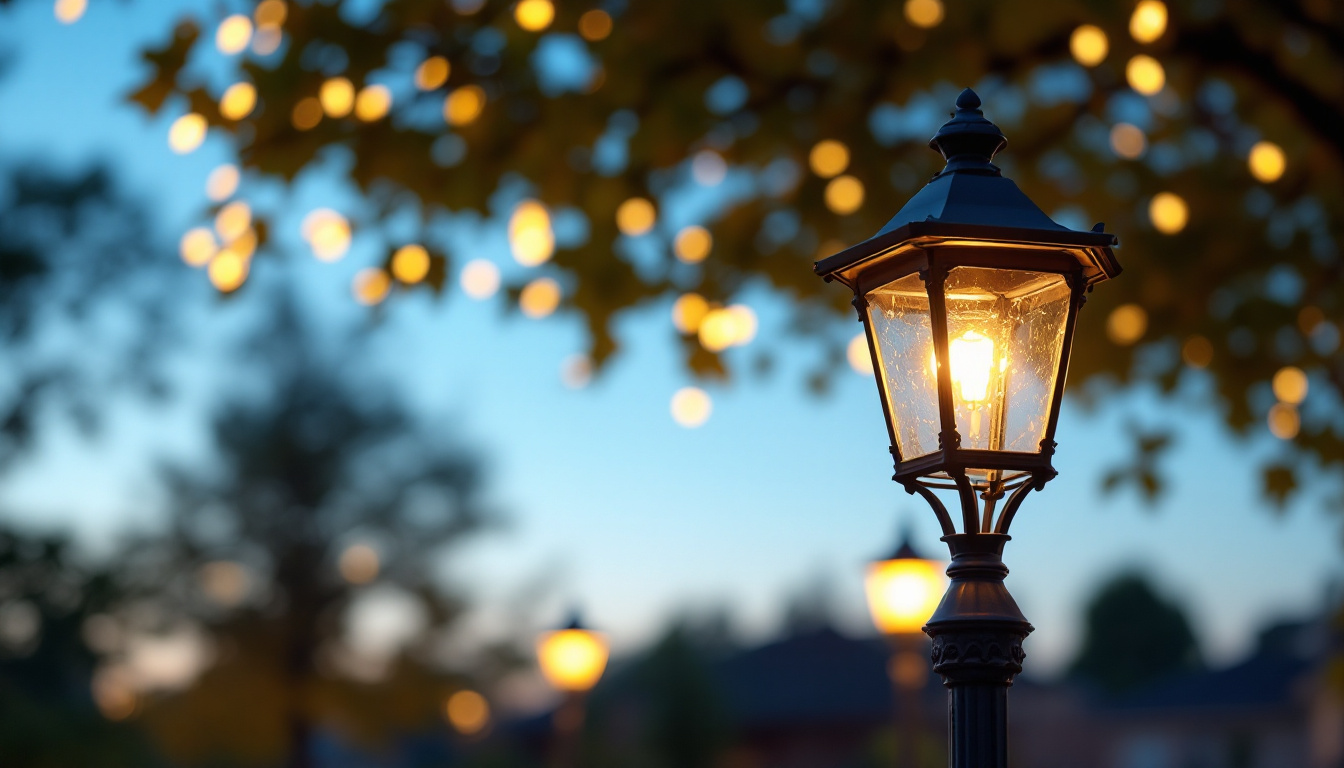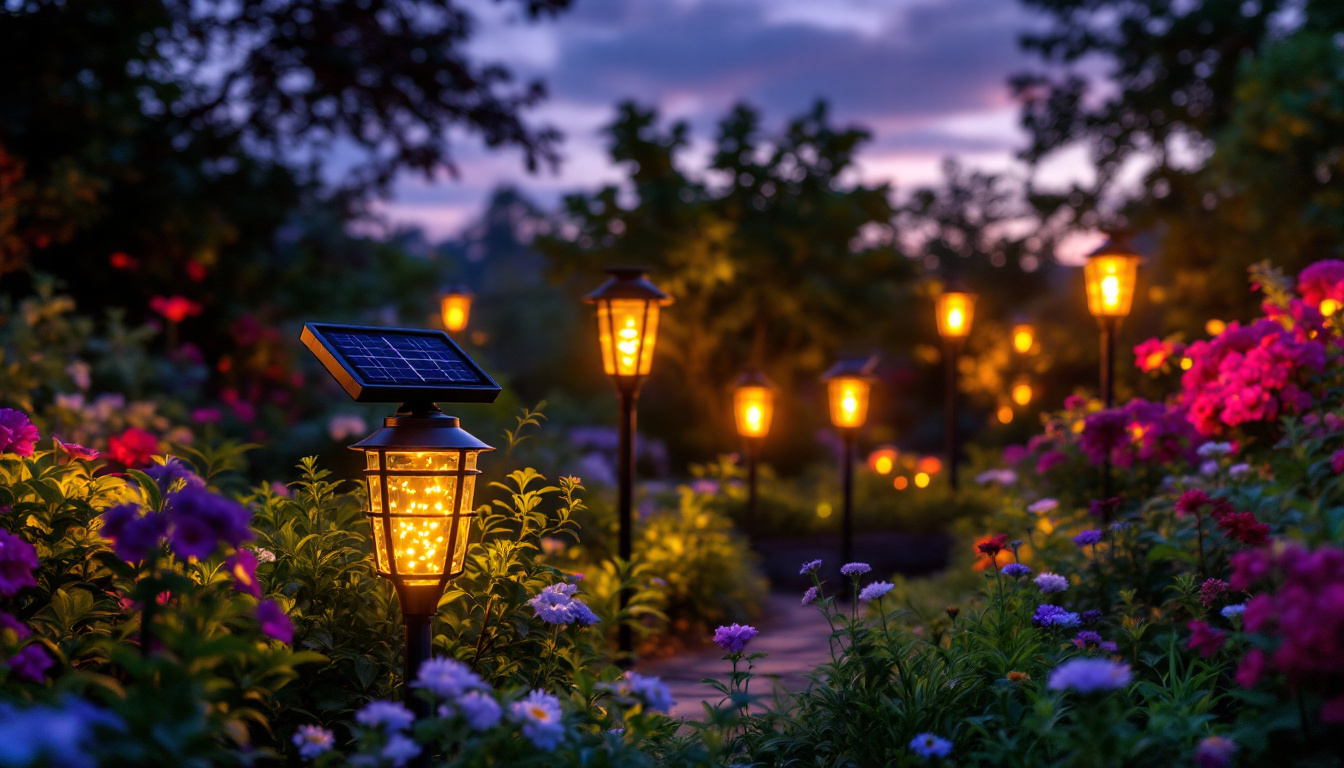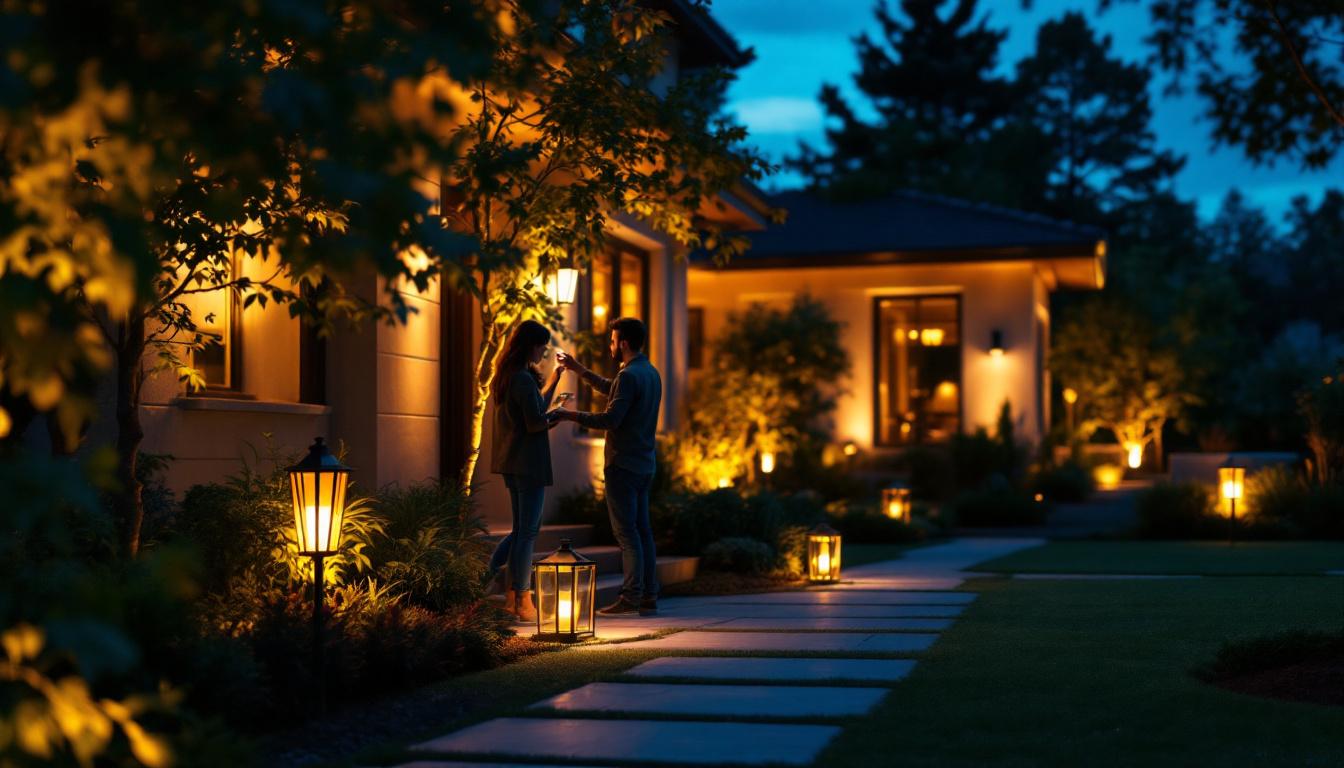
outdoor lighting plays a pivotal role in enhancing the aesthetics and functionality of residential and commercial spaces. Among the various options available, lamp post lights stand out for their versatility and charm. For lighting contractors, understanding the essential facts about lamp post lights is crucial for delivering quality installations that meet client expectations. This article delves into the key aspects of lamp post lights, providing valuable insights for lighting professionals.
Lamp post lights, often referred to as street lamps or garden lights, are fixtures mounted on tall posts designed to illuminate outdoor areas. They serve multiple purposes, from enhancing security to creating an inviting atmosphere in gardens and pathways. The design and functionality of these lights can vary significantly, making it essential for contractors to familiarize themselves with the options available. Beyond mere illumination, these fixtures can also serve as decorative elements that enhance the overall aesthetic of a space, contributing to the ambiance and character of residential and commercial properties alike.
There are several types of lamp post lights, each catering to different needs and preferences. Some of the most common types include:
When selecting lamp post lights, several features should be taken into account:
Moreover, the placement of lamp post lights plays a crucial role in their effectiveness. Strategically positioning these lights can help eliminate dark spots in gardens or along pathways, ensuring safety and ease of navigation at night. Additionally, incorporating smart technology can enhance functionality, allowing for remote control and automation based on time or motion detection. This modern approach not only improves convenience but also optimizes energy usage, making outdoor lighting systems more efficient and user-friendly.
Proper installation of lamp post lights is critical to ensure functionality and safety. Lighting contractors must pay attention to various factors during the installation process.
Before installation, a thorough site assessment is essential. This involves evaluating the layout of the area, identifying potential obstacles, and determining the optimal placement of the lamp post lights. Consideration should be given to:
For electrically powered lamp post lights, understanding the electrical requirements is vital. Contractors should ensure:
Mounting techniques can vary based on the design of the lamp post and the surface it is installed on. Common methods include:
Regular maintenance of lamp post lights is essential for ensuring longevity and optimal performance. Contractors should advise clients on best practices for care and upkeep.
Keeping lamp post lights clean not only enhances their appearance but also ensures they function correctly. Recommended maintenance practices include:
Seasonal changes can impact the performance of outdoor lighting. Contractors should recommend specific maintenance tasks, such as:
With increasing awareness of environmental issues, energy-efficient lighting solutions are more important than ever. Lighting contractors should be well-versed in sustainable practices and technologies.
LED lamp post lights are a prime example of energy-efficient technology. They offer numerous advantages, including:
Solar-powered lamp post lights are another sustainable option that can appeal to eco-conscious clients. Benefits include:
The design of lamp post lights can significantly influence the overall aesthetic of a property. Lighting contractors should consider how different styles can complement the architecture and landscaping of a space.
When selecting lamp post lights, it is essential to match the style of the fixtures with the overall design theme of the property. Options include:
The color temperature of the light emitted by lamp post fixtures can also affect the ambiance of outdoor spaces. Options include:
Lighting contractors must be aware of local regulations and codes that govern outdoor lighting installations. Compliance is crucial for ensuring safety and avoiding potential legal issues.
Each municipality may have specific codes regarding outdoor lighting, including:
In some cases, obtaining permits may be necessary before installation. Contractors should advise clients on the importance of:
Effectively communicating with clients about lamp post lights is essential for successful installations. Lighting contractors should focus on educating clients about their options and the benefits of different solutions.
During the consultation process, contractors should:
After installation, following up with clients can build trust and ensure satisfaction. This may include:
Understanding the essential facts about lamp post lights is crucial for lighting contractors aiming to deliver exceptional service and quality installations. From selecting the right type and style to ensuring proper installation and compliance with regulations, every aspect plays a vital role in the overall success of outdoor lighting projects. By staying informed and prioritizing client education, lighting contractors can enhance their reputation and build lasting relationships with clients.
Ready to elevate your lighting installations with the finest lamp post lights on the market? Look no further than LumenWholesale, where we provide contractors with exceptional, spec-grade lighting solutions at unbeatable wholesale prices. Our commitment to quality and affordability ensures that you can light up any outdoor space with confidence and ease. Say goodbye to middleman markups and hello to a vast selection of premium lighting that meets the highest industry standards. Plus, with free shipping on bulk orders, you can enjoy the best value without any hidden fees. Don’t compromise on quality or cost. Wholesale Lighting at the Best Value is just a click away. Experience the LumenWholesale difference today!

Discover how solar powered garden lights can revolutionize your outdoor lighting projects by boosting efficiency and sustainability.

Discover essential tips and insights in “LED RGB LED: Avoiding Pitfalls, A Lighting Contractor’s Guide” to ensure flawless installations.

Discover the essential insights into outdoor lighting timers with our comprehensive guide.

Discover essential tips and common pitfalls to avoid when working with MR16 LED lights in this comprehensive guide tailored for lighting contractors.